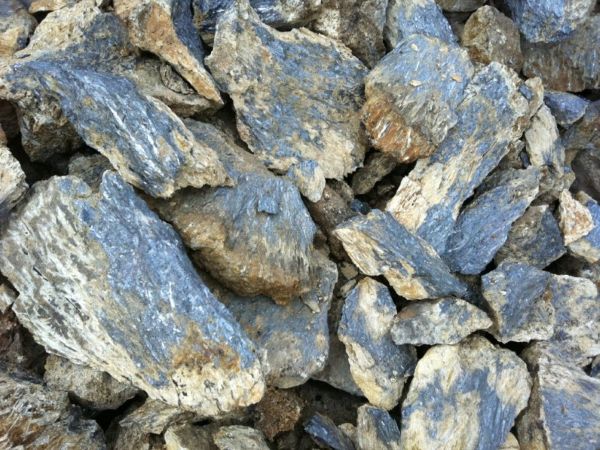Antimony ore
Antimony is nonmalleable, hard and brittle and can be crushed to a powder. Compared with metals, antimony is a poor conductor of electricity and heat. Antimony is the 63rd-most abundant element in Earth’s crust. It is less abundant than tin, arsenic and the rare earths, but more so than bismuth, mercury and silver. Antimony tends to concentrate in sulfide ores along with copper, lead and silver. It occurs sparingly as a free element, but when it does it is usually in association with arsenic, bismuth or silver.
The principal ore minerals of antimony are stibnite and jamesonite, but it can also be a byproduct of certain other minerals. Eighty percent of the world’s antimony is produced from two types of deposits — carbonate replacement deposits and gold-antimony epithermal deposits.
The majority of antimony is consumed in the production of antimony trioxide (ATO), a compound used in flame-retardant materials. Combined with halogenated particles, ATO suppresses, reduces or delays the spread of flame. It is incorporated into adhesives, paints, plastics, rubber insulation, decorative foams, building materials and textiles, including upholstered furniture.




